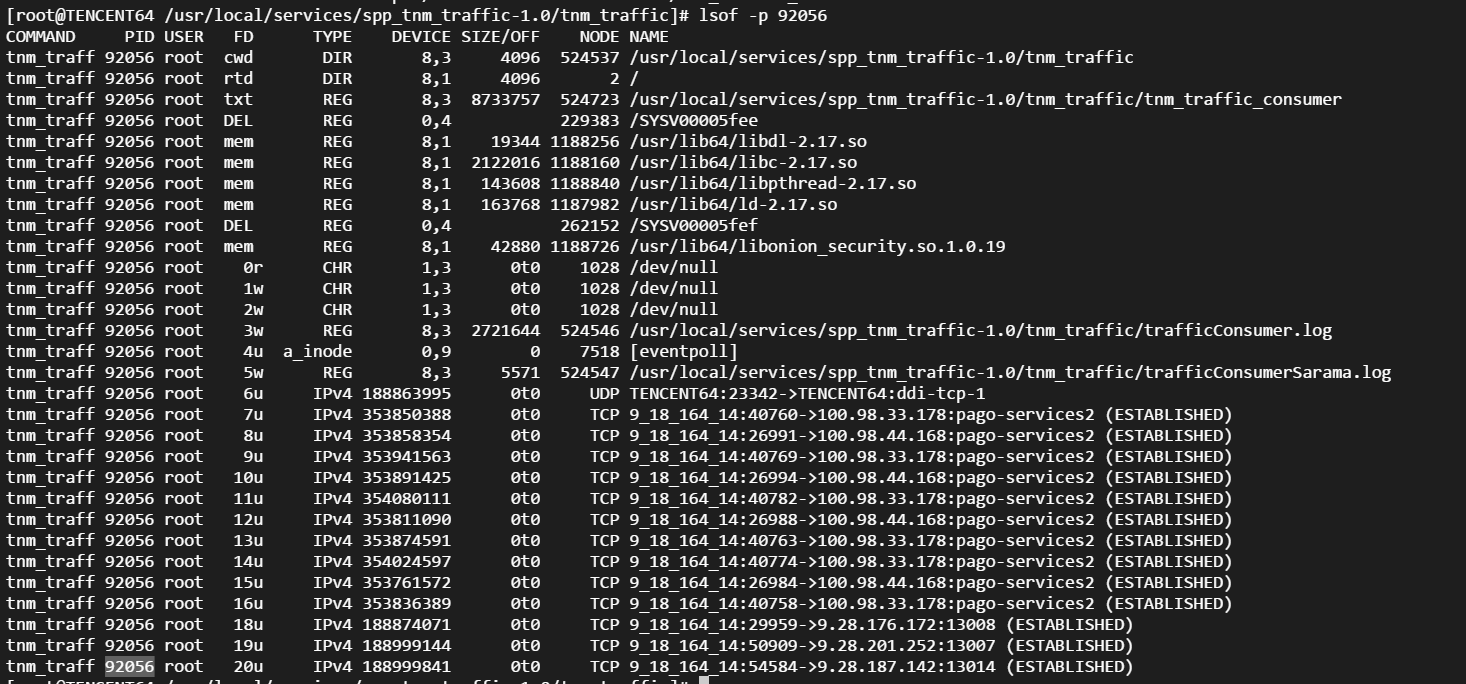我刚刚注意到Linux上进程终止(来自多处理库)方法的问题.我有应用程序使用多处理库,但…当我在Windows上调用终止函数时,一切都很好,另一方面,Linux失败了这个解决方案.作为过程杀戮的替代,我被迫使用
os.system('kill -9 {}'.format(pid))
我知道这不是太聪明,但它确实有效.所以我只是想知道为什么这段代码在Windows上运行,但在Linux上运行失败.
例:
from multiprocessing import Process
import os
process=Process(target=foo,args=('bar',))
pid=process.pid
process.terminate() # works on Windows only
...
os.sytem('kill -9 {}'.format(pid)) # my replacements on Linux
我的配置:python 3.2.0 build 88445; Linux的2.6.32-Debian的6.0.4
这是我的代码中的示例.我希望这就足够了.
def start_test(timestamp,current_test_suite,user_ip):
global_test_table[timestamp] = current_test_suite
setattr(global_test_table[timestamp],"user_ip",user_ip)
test_cases = global_test_table[timestamp].test_cases_table
test_cases = test_cases*int(global_test_table[timestamp].count + 1)
global_test_table[timestamp].test_cases_table = test_cases
print(test_cases)
print(global_test_table[timestamp].test_cases_table)
case_num = len(test_cases)
Report.basecounter = Report.casecounter = case_num
setattr(global_test_table[timestamp],"case_num",case_num)
setattr(global_test_table[timestamp],"user_current_test",0)
try:
dbobj=MySQLdb.connect(*dbconnector)
dbcursor=dbobj.cursor()
dbcursor.execute(sqlquery_insert_progress.format(progress_timestamp = str(timestamp),user_current_test = global_test_table[timestamp].user_current_tes$
except :...
for i in range(case_num):
user_row = global_test_table[timestamp]
current_test_from_tests_table = user_row.test_cases_table[i]
unittest.TextTestRunner(verbosity=2).run(suite(CommonGUI.get_address(CommonGUI,current_test_from_tests_table[1],current_test_from_tests_table[2],user$
global_test_table[timestamp].user_current_test = i + 1
try:
dbobj=MySQLdb.connect(*dbconnector)
dbcursor=dbobj.cursor()
dbcursor.execute(sqlquery_update_progress.format(progress_timestamp = str(timestamp),user_current_test = global_test_table[timestamp].user_current$
except :...
@cherrypy.expose()
def start_test_page(self,**test_suite):
timestamp = str(time.time())
user_ip = cherrypy.request.remote.ip
if on_server():
sys.stdout=sys.stderr=open("/var/log/cherrypy/test_gui/{file}.log".format(file=timestamp),"a")
current_test_suite = self.parse_result(**test_suite)
#global_test_table[timestamp] = current_test_suite
#setattr(global_test_table[timestamp],user_ip)
user_test_process = Process(target=start_test,args=(timestamp,user_ip))
users_process_table[timestamp] = user_test_process
user_test_process.start()
return '''{"testsuite_id" : "''' + str(timestamp) + '''"}'''
@cherrypy.expose()
def stop_test(self,timestamp):
if timestamp in users_process_table:
if on_server():
user_process_pid = users_process_table[timestamp].pid
os.system("kill -9 " + str(user_process_pid))
else:
users_process_table[timestamp].terminate()
del users_process_table[timestamp]
else:
return "No process exists"
最佳答案
从docs:
terminate()
Terminate the process. On Unix this is done using the
SIGTERM signal; on Windows TerminateProcess() is used. Note that exit
handlers and finally clauses,etc.,will not be executed.Note that descendant processes of the process will not be terminated –
they will simply become orphaned.
所以看起来你必须确保你的进程正确处理SIGTERM信号.
使用signal.signal设置信号处理程序.
要设置一个只存在该进程的SIGTERM信号处理程序,请使用:
import signal
import sys
signal.signal(signal.SIGTERM,lambda signum,stack_frame: sys.exit(1))
编辑
Python进程通常在SIGTERM上终止,我不知道为什么你的多处理进程不会在SIGTERM上终止.

 linux常用进程通信方式包括管道(pipe)、有名管道(FIFO)、...
linux常用进程通信方式包括管道(pipe)、有名管道(FIFO)、... Linux性能观测工具按类别可分为系统级别和进程级别,系统级别...
Linux性能观测工具按类别可分为系统级别和进程级别,系统级别... 本文包含作者工作中常用到的一些命令,用于诊断网络、磁盘占满...
本文包含作者工作中常用到的一些命令,用于诊断网络、磁盘占满... linux的平均负载表示运行态和就绪态及不可中断状态(正在io)的...
linux的平均负载表示运行态和就绪态及不可中断状态(正在io)的... CPU上下文频繁切换会导致系统性能下降,切换分为进程切换、线...
CPU上下文频繁切换会导致系统性能下降,切换分为进程切换、线...